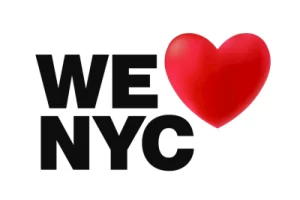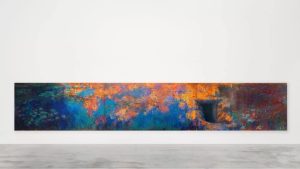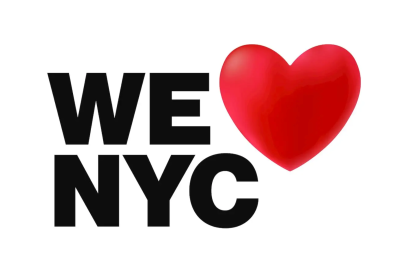A SUMMARY OF THE MOST EXCITING ART NEWS FROM AROUND THE GLOBE
While we focus on Indian art, we can’t obviously function in a vacuum. It’s a small world and everything is connected, especially on the web. So, let’s train our spotlight across the world map to see what’s going on — from art trends to socio-political issues to everything that affects the great aesthetic global consciousness. Or, let’s just travel the world and have some fun!
Artificial intelligence is being used to explore the earliest works of art

Researchers Andrea Jalandoni and Nayyar Zaidi tested a machine learning model to detect rock art from hundreds of photos. The system found the art with a high degree of accuracy of 89%, suggesting it may be invaluable for assessing large collections of images from heritage sites around the world. AI systems are expected to be able to classify images, extract motifs and find relationships among the different elements, leading to deeper knowledge and understanding of the images, stories and traditions of the past. Jannie Loubser, a rock art specialist and a cultural resource management archaeologist from the conservation group Stratum Unlimited, sees great potential in combining her new and old tools to explore and document difficult-to-reach sites. Details on Art Newspaper.
The “We ❤️ NYC” Logo, Designed to Bring About a Future Focused on Communities, Is the Subject of Online Debate

New York City has launched a new “We ❤️ NYC” logo to quell concerns about the city’s future and foster civic pride. It is a new take on the iconic 1976 Milton Glaser-designed “I ❤️ NY” campaign, which was created in the back of a taxi and drawn in red crayon on scrap paper. Graham Clifford, the designer and art director who oversaw the new logo, explained that the idea was to “give it more of a modern twist.” The campaign was last redesigned following the September 11 terrorist attacks. Despite officials’ best efforts to veil recent crises with a new future-forward logo, New Yorkers are not buying it. Read more on Art News.
Ai Weiwei recreates Monet’s iconic “Water Lilies” using 650,000 Lego bricks

PHOTO © ELA BIALKOWSKA/OKNO STUDIO
Ai Weiwei recently created a 50-foot-long iteration of one of Claude Monet’s most famous images, Water Lilies #1, using 650,000 Lego bricks in 22 colors. The artwork is the largest artwork made of Lego by Ai, spanning the entire length of one of the institution’s gallery walls. Ai’s choice of pixel-like Lego bricks, industrial parts and colors instead of Monet’s brushstrokes suggests contemporary digital technologies which are central to modern life, and in reference to how art is often disseminated in the contemporary world. The artwork also includes a dark area on the right-hand side, which the Design Museum said represents the underground dugout in Xinjiang province where Ai and his father, Ai Qing, lived in forced exile in the 1960s. Ai Weiwei: Making Sense will feature dozens of objects and artworks from throughout his career focused on construction and deconstruction, such as a worker’s hard hat cast in glass and a sculpture of an iPhone cut out of a jade axe-head. Four other “fields” of collected, “ready-made” items will be presented at the Design Museum on April 7: Still Life, Spouts, Porcelain Balls, and Left Right Studio Material. Ai has used Lego bricks in his artistic practice since 2014 to produce portraits of political prisoners. Read more on Art News.






